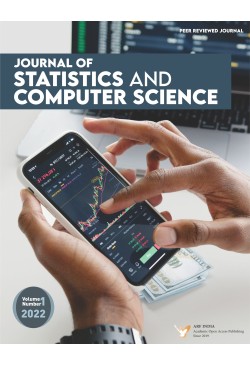Background Since its outbreak, CoViD-19 (formally known as 2019-nCoV) has been triggering many questions among public authorities, social organisations and school officials, as to when students should be allowed to return to school. Such a decision is critical and must take into account, other than its beneficial effects, also those associated with an increased exposition of the students to the virus, which, as a result, might spread at a faster rate. To date, in Italy, a few studies have rigorously investigated the correlation between school reopening and number of people tested positive to CoViD-19. Therefore, this paper aims to provide an assessment of such an impact as well as to illustrate the methodology followed.
Methods: Official daily data on the cumulative number of people tested positive to CoViD-19–in conjunction with external information accounting for the different points in time schools reopened in the various Italian regions–have been employed to build a stochastic model of the type Seasonal Autoregressive Moving Average embodying external information.
Results: There was a statistically significant increase in the number of positive cases in all the Italian regions related to schools reopening. Such an increase occurred, in average, about 18.9 days after the schools have been reopened. Schools reopening have been significantly contributed to the diffusion of the pandemic, with an overall estimated impact of about 228,724 positive cases.
Conclusions: The results suggest the need for strict control of all in-school activities. This could be done by using, to a variable extent, all the non pharmaceutical interventions available, such as limited access to school spaces, no overlapping practices between different sports in the same space, universal masking, bubble-size classroom. However, in many cases, such measures might not be a viable option, at least in the short run, nor be reasonably applicable. Therefore, whenever the established safety criteria could not be met, school buildings should remain closed.
Keywords: CoViD–19 pandemic; intervention analysis; S-ARIMA-REG models; schools reopening; time series analysis
Livio Fenga & Massimo Galli. (2022). Impact Estimation on COVID-19 Infections following School Reopening in September 2020 in Italy. Journal of Statistics and Computer Science. Vol. 1, No. 1, pp. 45-56. https://DOI: 10.47509/JSCS.2022.v01i01.07
